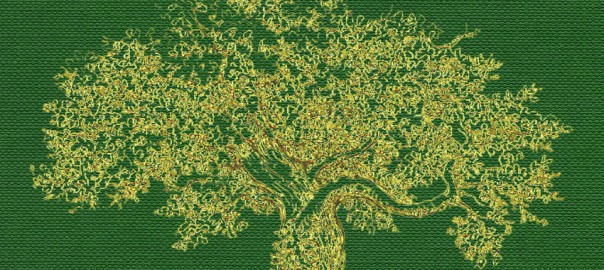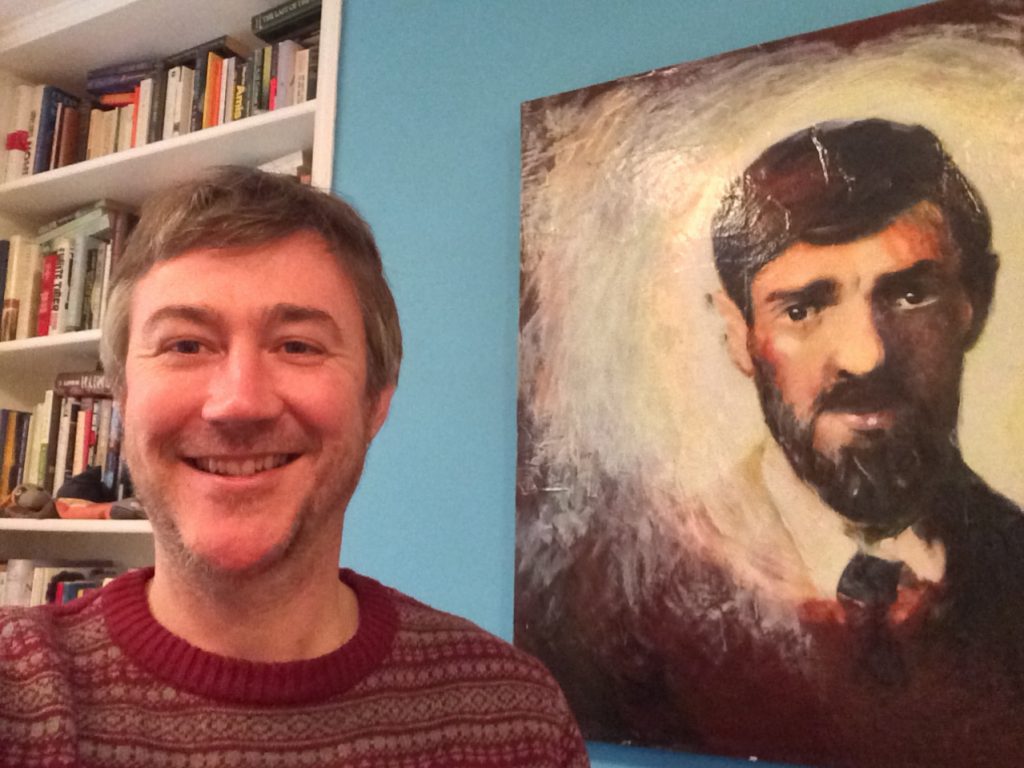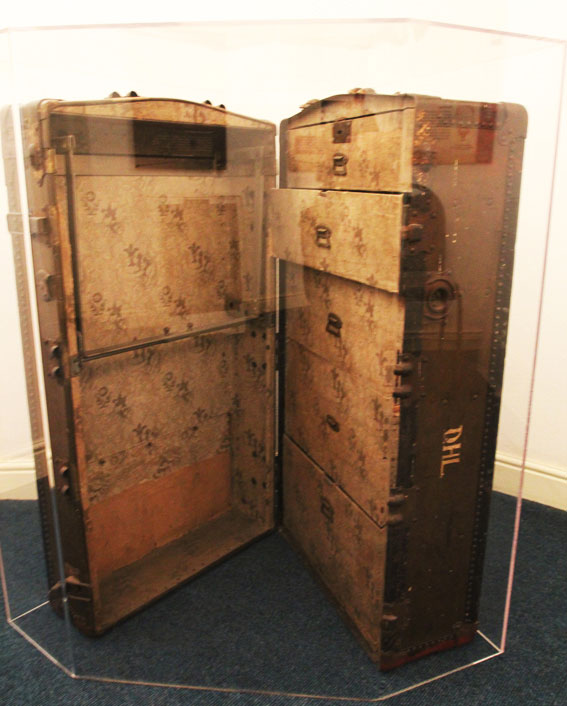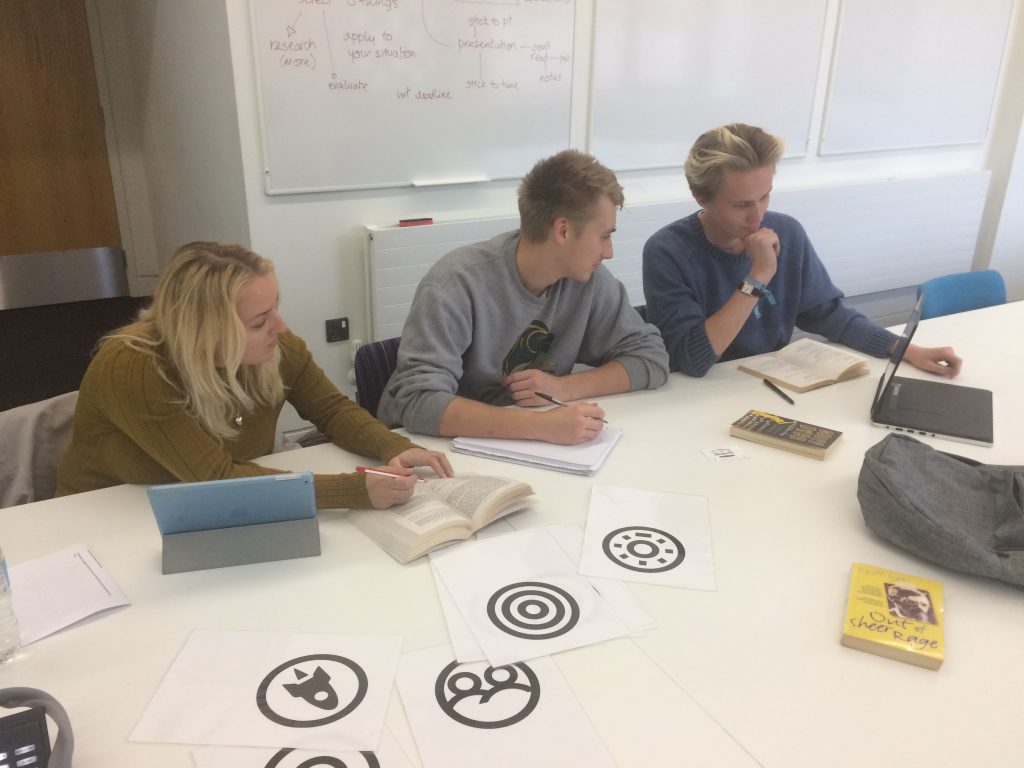
As the dust jacket states, this is ‘a cornucopia of writers, modern and ancient, famous and obscure, dead and live, men and women’. But there isn’t really any BME voices. This, as Ross Bradshaw acknowledges in his publisher’s note, is a fact of history, and something he hopes will be rectified in a future update. His publisher’s note also acts as a disclaimer, an advance apology for those who are having a strop because they weren’t included and consequently are thinking of boycotting his shop, which was recently crowned Independent Bookshop of the Year.
One such author who isn’t included is Norma Gregory. Norma is a historian (among other things) who for the past twenty-five years has researched African / African Caribbean experiences in the UK. This includes the self-explanatory Jamaicans in Nottingham: Narratives and Reflections (2015) and currently, Digging Deep, which gives voice to the African Caribbean coal miners who stood shoulder to shoulder with white British, European and Asian miners. Through her social enterprise, Nottingham News Centre CIC, she’s sponsored and supported heritage events that promote inclusion and equality for all, thereby creating a platform for the very writers who might make it into a future edition of this book. Just as DH Lawrence was the first writer to depict the lives of miners from the inside, and Alan Sillitoe, through the flat Radford vowels of Arthur Seaton, portrayed factory life with such brutal honesty that a Nottingham Councillor wanted his debut book banned, so to Norma continues this fight for self-representation, a recurring trait of writers from this city.
Which brings me on to two living writers, arguably our most famous, who have chosen not to be associated with the county: Jon McGregor and Robert Harris. I suspect that Jon McGregor was too busy collecting awards to rattle out 200 words. His kids were born here, he helped form the Nottingham Writers’ Studio in 2006, and he’s a professor at the posh uni. Surely that’s enough? But perhaps his heart is in Norwich, where he spent his childhood, and where he’s a patron of the Writer’s Centre. Robert Harris was born here and went to school here, but has no intention of ever returning here, either in print or in person. But it’s equally understandable why both of these superbly talented writers wouldn’t want to be reduced to a postcode.
Two other absentees are Andrew Graves and Al Needham. Andrew’s first collection of poems takes an unassuming look through Nottingham’s side streets. His second, God Save the Teen (2017), explores his Ashfield adolescence where he was raised by a single parent miner who looked like a ‘lardy Alice Cooper’. Al Needham was the definitive voice of Nottingham during his tenure as editor of LeftLion magazine, delighting readers with his bawdy irreverent chelp, and his legendary column, May Contain Notts. But you simply can’t include everyone. It would be impossible. But it does raise the question of what constitutes a Nottinghamshire writer.
I was faced with a similar problem when I created Dawn of the Unread (2017), a graphic novel exploring Nottingham’s literary history. As my objective was to lure reluctant readers in by giving snippets into the lives of dead writers, I was after interesting back stories. So I had a broad palette to draw from. In this collection the parameters are equally flexible, enabling a broad exploration of tenuous and tangible links, as well as writers who have contributed towards science, religion, politics, as well as fiction, on the page and stage.
After 15 years of harping on about Nottingham in various publications and broadcasts, I know my biscuits. I pride myself on being able to link any living person with my home city through a few degrees of separation. So I was pretty confident I’d know a good whack of the 126 featured writers. But it turns out I know nothing, or at least nothing about 67 of them.
I’ve immediately begun my self-imposed penance by purchasing Hilda Lewis’s Penny Lace (1946), which Ross Bradshaw suggests is a precursor to Saturday Night and Sunday Morning (1958) and should be read side by side. And he’s right. The novel opens in a lace factory with a Seatonesque character complaining, ‘those bitches were taking it easy again! All very fine for them! But a chap couldn’t afford to be held up, not on piece work.’ Another Sillitoe link is Pat McGrath’s The Green Leaves of Nottingham (1970), written when McGrath was fourteen! Set in Radford, it also comes with a forward from Sillitoe.
The 126 entries in this directory are mini biogs, exploring connections and teasing out further reading. For something meatier, try the contextual essays at the back. I was fascinated to read about the Sherwood Forest Group, a bunch of radical ruralists detailing the effects of the enclosure system on the forests during the 19th century. Peter Hoare’s essay on libraries explores, among other things, the unique phenomenon of Operative Libraries that were hosted in pubs around the city, enabling the working classes to self-educate. Though if Chartism and Socialism is your thing, try Chris Richardson’s City of Light (2013). Artist Brick is a passionate advocate of comics, ensuring they are taken as seriously as literature with a capital L. But he fails to mention Dawn of the Unread, a graphic novel about Nottingham (of which he was one of the commissioned artists!) and instead pays homage to artists who scarpered out of here the minute they became successful: Luke Pearson (Bristol) and Lizz Lunney (Berlin). Yes, I am having a strop.
 Tolkien of which, brings me on to the most surprising connection with Nottinghamshire in the entire book, J.R.R. Tolkein (1892-1973). After his mother died, Tolkein would stay with his aunt at Gedling. It was in Gedling in 1914, at the age of 22, he wrote the poem ‘The Voyage of Earendel the Evening Star,’ about a mariner who sails off the earth into the sky. The poem outlined the mythological landscape of Middle-Earth that would lead to the novels that cemented him forever as the father of fantasy fiction. If you’re thinking of making a pilgrimage, don’t bother. His aunt’s home, Phoenix Farm, was flattened by the coal board in 1953-4. Which is probably just as well as the Brummies would go wappy if they thought we were trying to claim him as our own.
Tolkien of which, brings me on to the most surprising connection with Nottinghamshire in the entire book, J.R.R. Tolkein (1892-1973). After his mother died, Tolkein would stay with his aunt at Gedling. It was in Gedling in 1914, at the age of 22, he wrote the poem ‘The Voyage of Earendel the Evening Star,’ about a mariner who sails off the earth into the sky. The poem outlined the mythological landscape of Middle-Earth that would lead to the novels that cemented him forever as the father of fantasy fiction. If you’re thinking of making a pilgrimage, don’t bother. His aunt’s home, Phoenix Farm, was flattened by the coal board in 1953-4. Which is probably just as well as the Brummies would go wappy if they thought we were trying to claim him as our own.
We’ve never been very good at preserving our literary heritage, no matter how tenuous the links. But we’re getting better at it; thanks to books like this. It’ll give you a right headache, in a good way, which is fitting, as Nottingham has faced many problems over the years, mainly through being a factory city. It’s made us lairy, sweary, and quite contrary. From Robin Hood to the Luddites, we’ve had to rebel when things weren’t right. And this is the true value of this book. Read as a whole you realise we’re pretty much fighting the same battles today as we’ve always done.
Rowena-Edlin-White (2017) Exploring Nottinghamshire Writers, Five Leaves, £12.99.
This article was published in The Spokesman, Issue 140: Europe for the Many.




